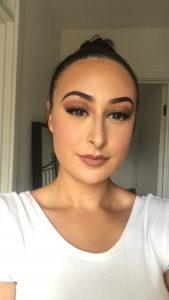
For anyone who read my last blog, you’ll know I had a bit of a nightmare recently when using Retinol for the first time! After this mis-hap I was left with some pretty nasty spots. Just to be clear, I have never suffered with spots. Not through my teens, not when I’m on my period, never; I have been lucky enough to always have blemish-free skin.
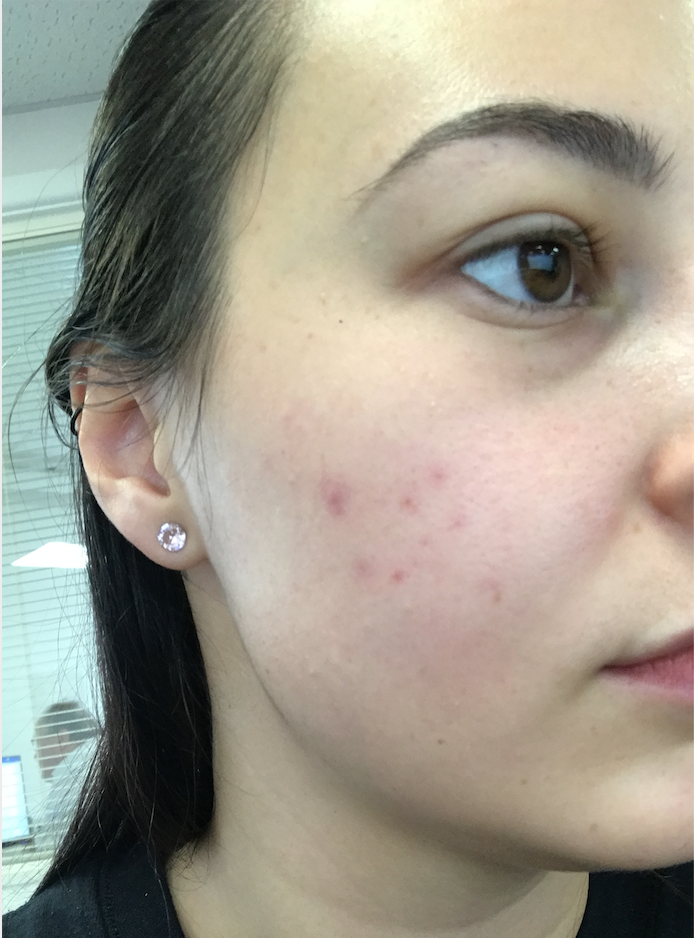 A week went by and the spots didn’t amount to anything. They didn’t look bigger, they didn’t look smaller and they didn’t ‘come to a head’. In fact the only thing that got worse was the pain and itchiness. They felt way bigger than they looked and they throbbed. I tried not to touch them, however whilst investigating, I realised they were getting bigger but only under the surface of the skin. This is when I started doing some research, I spoke to one of my friends who is a nurse and we diagnosed them as ‘Cystic Spots’. I felt really embarrassed because even though they didn’t look like ‘bad spots’ they were really sore.
A week went by and the spots didn’t amount to anything. They didn’t look bigger, they didn’t look smaller and they didn’t ‘come to a head’. In fact the only thing that got worse was the pain and itchiness. They felt way bigger than they looked and they throbbed. I tried not to touch them, however whilst investigating, I realised they were getting bigger but only under the surface of the skin. This is when I started doing some research, I spoke to one of my friends who is a nurse and we diagnosed them as ‘Cystic Spots’. I felt really embarrassed because even though they didn’t look like ‘bad spots’ they were really sore.
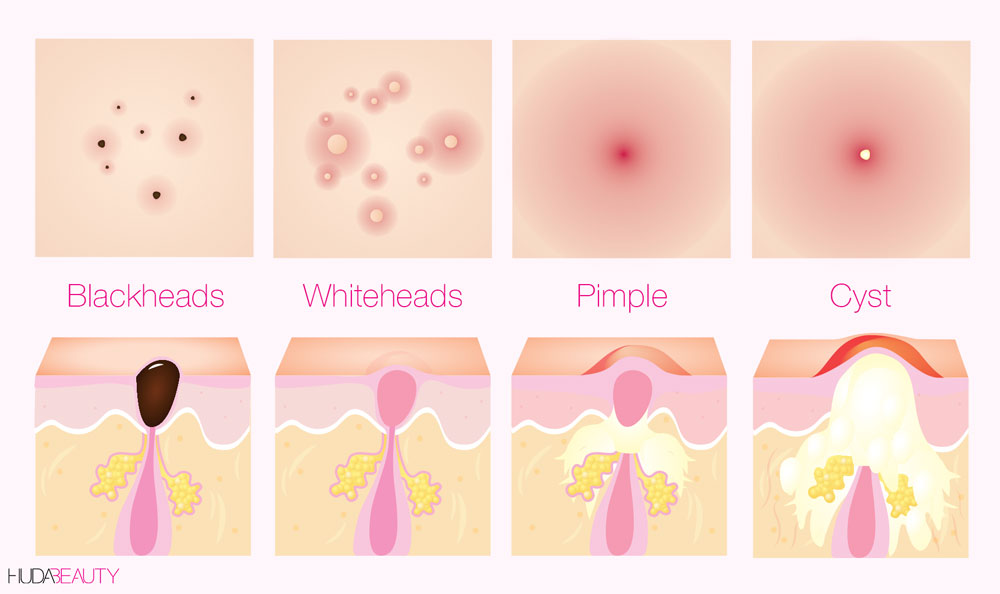 According to WebMD “Cystic acne happens when this infection goes deep into your skin, creating a red, tender bump that’s full of pus. It may hurt or itch. If a cyst bursts, the infection can spread, causing more breakouts.”
According to WebMD “Cystic acne happens when this infection goes deep into your skin, creating a red, tender bump that’s full of pus. It may hurt or itch. If a cyst bursts, the infection can spread, causing more breakouts.”
WebMD say this is the way you treat Cystic spots:
“How Is It Treated?
Over-the-counter medicines that work on milder acne often have little effect on cystic acne. A dermatologist will likely recommend one or more of the following:
- Oral antibiotics help control bacteria and lower inflammation. Sometimes your acne may not respond to antibiotics or you may find they don’t work as well after a few years.
- Birth-control pills can help some women by regulating their hormones.
- Prescription-strength creams, lotions, or gels with retinoid, a form of vitamin A, can help unclog your pores and assist the antibiotics with their job.
- Isotretinoin (formerly known as Accutane but now available as the brands Claravis, Sotret, Myorisan, Amnesteem, and Absorica) attacks all causes of acne. The recommended dosage for most of these medications is to take a pill once or twice daily for about 5 months. For most people, this clears the skin completely and permanently. If it recurs, you can repeat the treatment. Women should avoid becoming pregnant while taking this drug.
- Spironolactone is a medication that helps you get rid of unneeded water, but also is effective for cystic acne in women.
- Injections of steroids into individual cysts can be performed at your doctor’s office.”
I have never got on with birth control pills and injections seemed like overkill. I decided to try some topical treatments first of all. I started with tea tree oil applying morning and night for about 4 weeks. This definitely reduced the itchiness and inflammation but the spots showed no sign of disappearing.
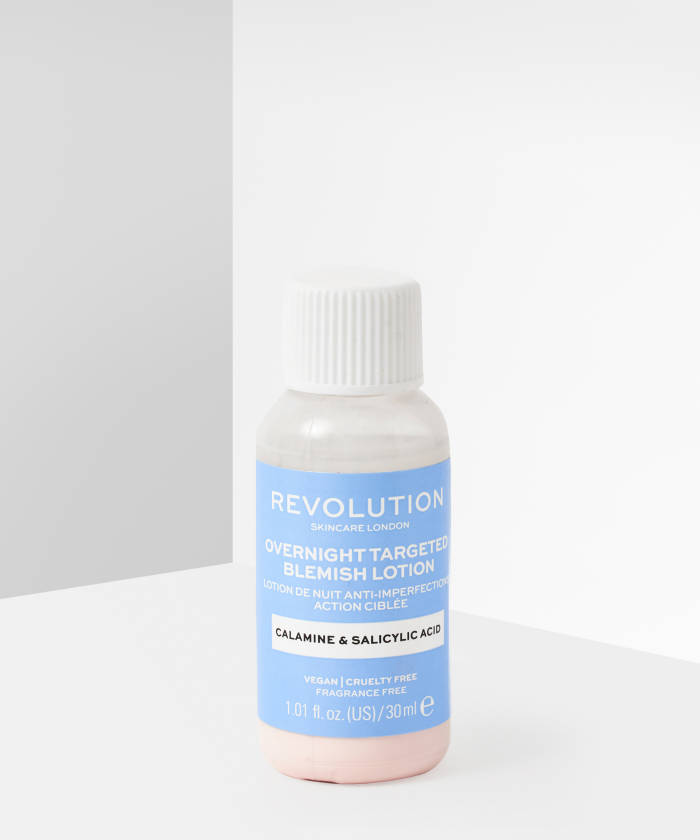 I then bought an ‘Overnight Targeted Blemish Lotion’ from Revolution Skincare. The description was ‘The Overnight Targeted Blemish Lotion is the ideal treatment to help soothe and clear your breakouts in a hurry. Formulated with spot-fighting Salicylic Acid, Zinc Oxide and Calamine, breakouts are targeted and skin is soothed.’ My thinking was that the Salicylic Acid would help get rid of dead skin cells and build up of dirt, whilst being antibacterial. The Zinc Oxide might draw out any impurities and the Calamine would soothe the skin and irritation. I used this at night for about 3-4 weeks and nothing changed.
I then bought an ‘Overnight Targeted Blemish Lotion’ from Revolution Skincare. The description was ‘The Overnight Targeted Blemish Lotion is the ideal treatment to help soothe and clear your breakouts in a hurry. Formulated with spot-fighting Salicylic Acid, Zinc Oxide and Calamine, breakouts are targeted and skin is soothed.’ My thinking was that the Salicylic Acid would help get rid of dead skin cells and build up of dirt, whilst being antibacterial. The Zinc Oxide might draw out any impurities and the Calamine would soothe the skin and irritation. I used this at night for about 3-4 weeks and nothing changed.
At my wits end, I started asking other people what they were using, searching forums and looking for another solution. My younger sister is 14 and has suffered with acne and had been given some lotion at the doctors, a form of antibiotics. She had the tiniest bit left and offered it for me to try.
Now normally I would always consult my own doctor before using something like this. But due to the fact mine weren’t going to be diagnosed as ‘acne’ I knew it was unlikely I would be prescribed this. Doctors are known for being stubborn when it comes to spot treatment and whilst my face isn’t covered in multiple spots, the few I had were really sore to live with.
Its called “Dalacin T Topical Lotion- Clindamycin Phosphate”, you apply once in the morning and once at night. I started this on Saturday evening (16/11/2019) Within 24 hours the pain and itchiness had subsided. By Tuesday the cystic lumps I could feel beneath my skin had reduced in size. Here we are on Friday and they barely feel like spots at all! I am so impressed!!!!!!!!!!!!
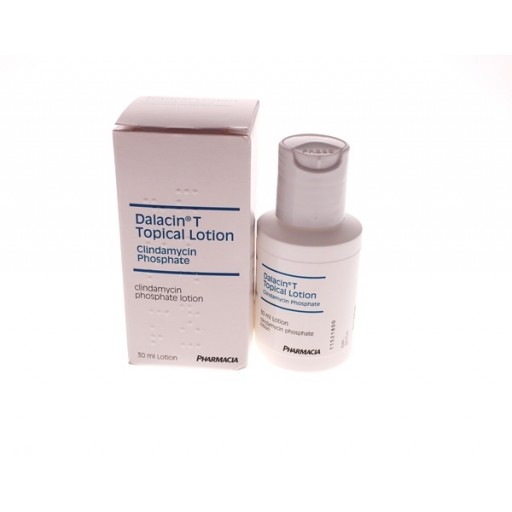 Now whilst I can’t tell you where you can buy it, as it has to be prescribed. I can tell you that if you are suffering as much as I was, go to your doctor and make a massive fuss and ask for it! Because I honestly can’t recommend it enough!
Now whilst I can’t tell you where you can buy it, as it has to be prescribed. I can tell you that if you are suffering as much as I was, go to your doctor and make a massive fuss and ask for it! Because I honestly can’t recommend it enough!
The only other over-the-counter product I have been recommended but didn’t get a chance to use was ‘Acnecide’. If you have any personal experiences with this, whether it be good or bad, please share in the comments! It could really help someone else looking for a cure!
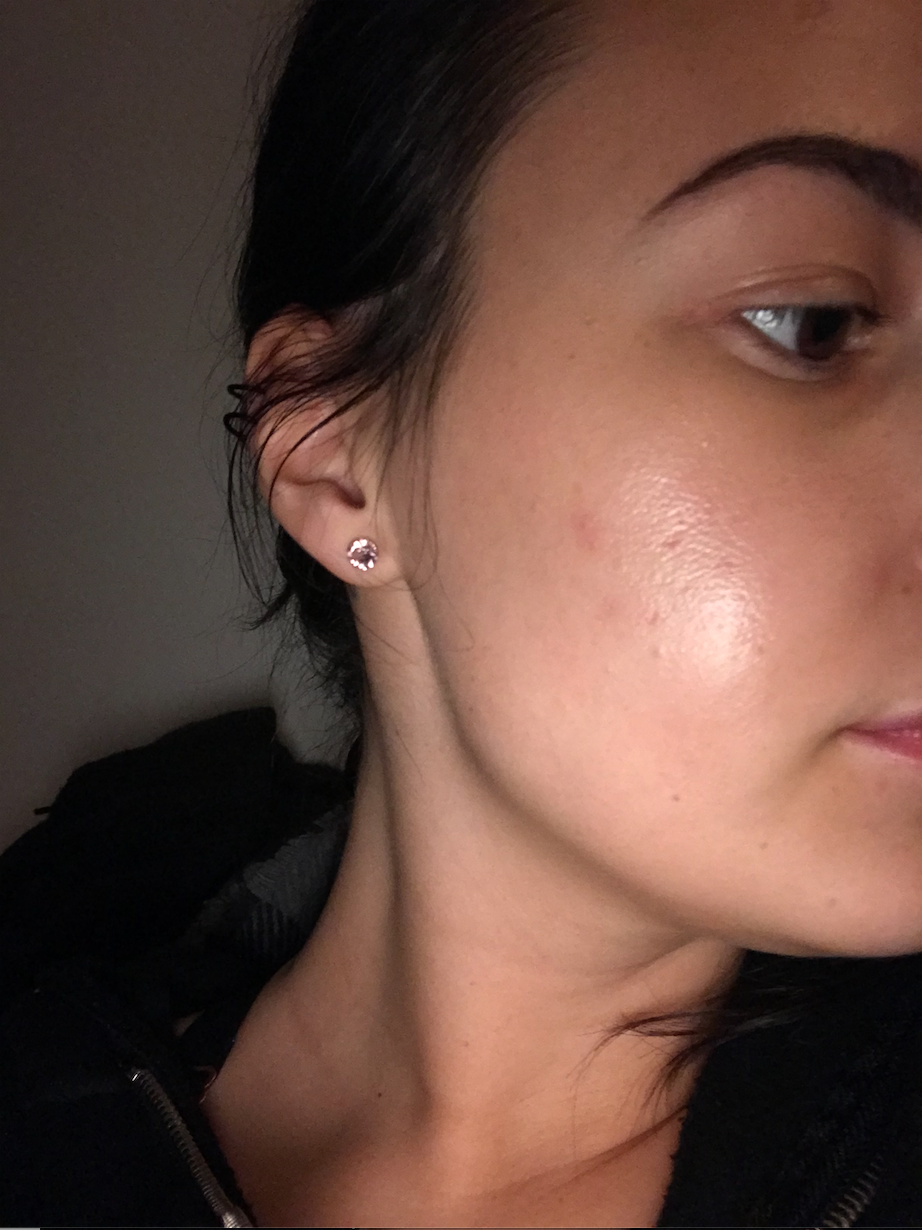
Big shout out to anyone who deals with any type of acne. People don’t realise that it’s not just about how you look but how it makes you feel and how painful and itchy it can be.
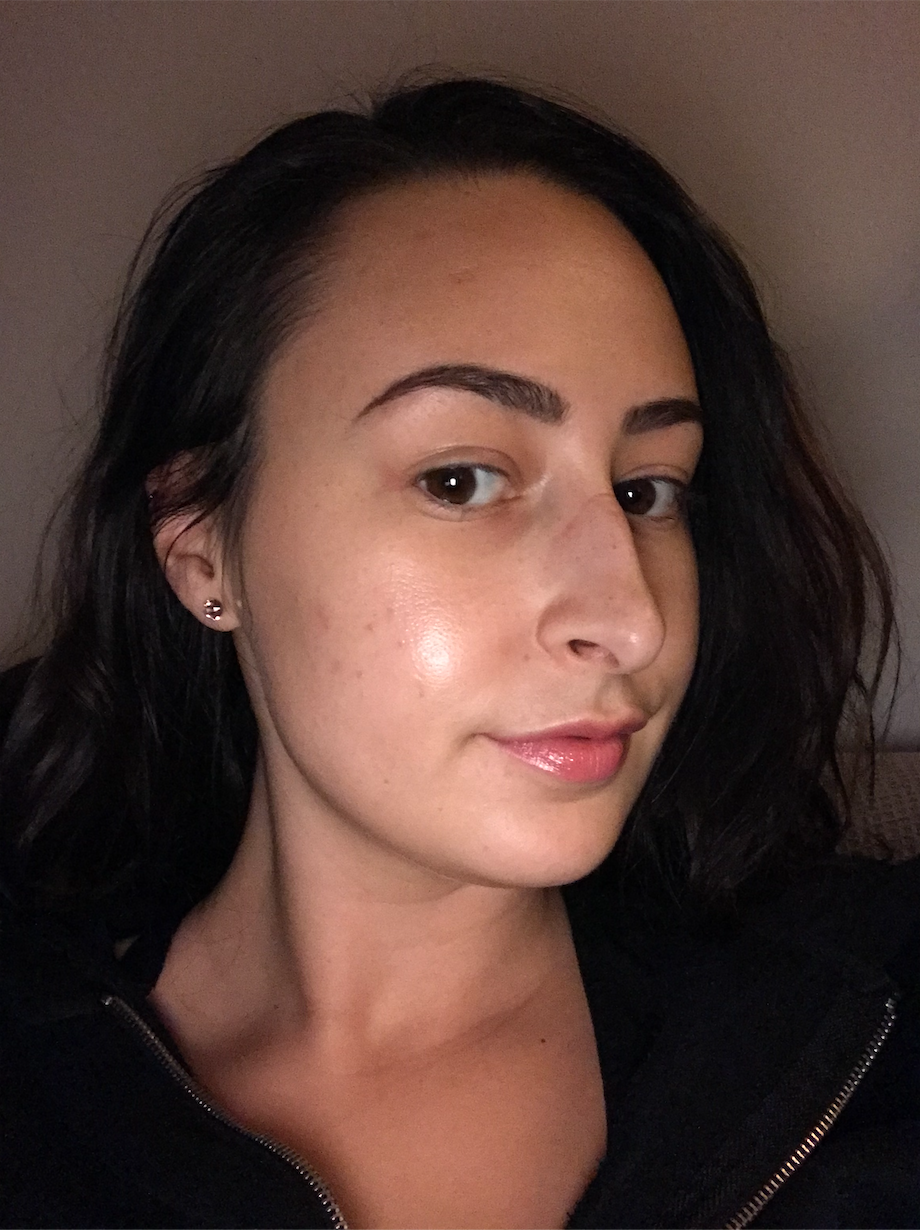
If you need any advice on anything mentioned in today’s blog please get in touch via the comments or email in to info@thebeautyumbrella.com.
 Retinol is the key anti-ageing ingredient everyone is talking about at the moment, and that is most probably due to the fact that it works! Let’s dive straight in and I will tell you all about retinol including my personal experience with it.
Retinol is the key anti-ageing ingredient everyone is talking about at the moment, and that is most probably due to the fact that it works! Let’s dive straight in and I will tell you all about retinol including my personal experience with it. then gradually working up to nightly applications gradually. In the same way, as I have said in previous blogs about exfoliant products, you need to wear sunscreen during the day, because retinoids increase the skin’s sensitivity to sunlight.
then gradually working up to nightly applications gradually. In the same way, as I have said in previous blogs about exfoliant products, you need to wear sunscreen during the day, because retinoids increase the skin’s sensitivity to sunlight.


 This is not an advert for or against retinol, but after I had conducted some research I discovered that many dermatologists don’t advise people who have psoriasis to use retinol. I have psoriasis! There should have been more warnings on the packaging of the sample; I should have researched the ingredients before putting it on my face and I should have only used a pea-size amount. The moral of the story is to do your own research before using a new product or ingredient and to also conduct patch tests to see how your skin reacts.
This is not an advert for or against retinol, but after I had conducted some research I discovered that many dermatologists don’t advise people who have psoriasis to use retinol. I have psoriasis! There should have been more warnings on the packaging of the sample; I should have researched the ingredients before putting it on my face and I should have only used a pea-size amount. The moral of the story is to do your own research before using a new product or ingredient and to also conduct patch tests to see how your skin reacts.

 Hydration isn’t the only benefit of
Hydration isn’t the only benefit of  C
C Like with any new skincare product, you should start slow with
Like with any new skincare product, you should start slow with 
 They say “
They say “